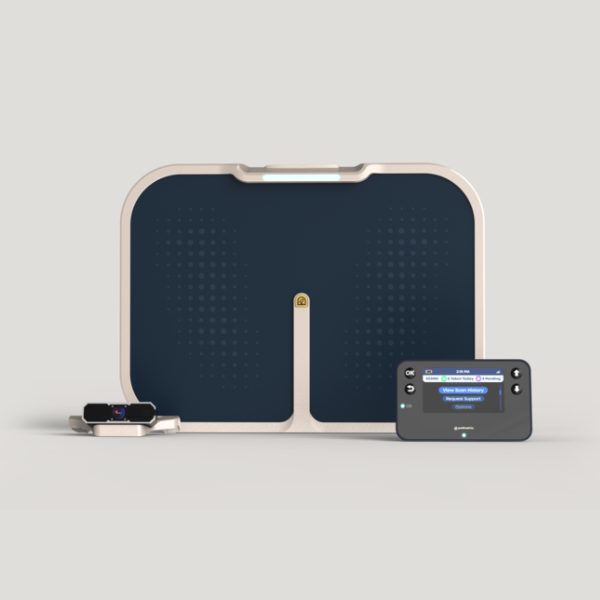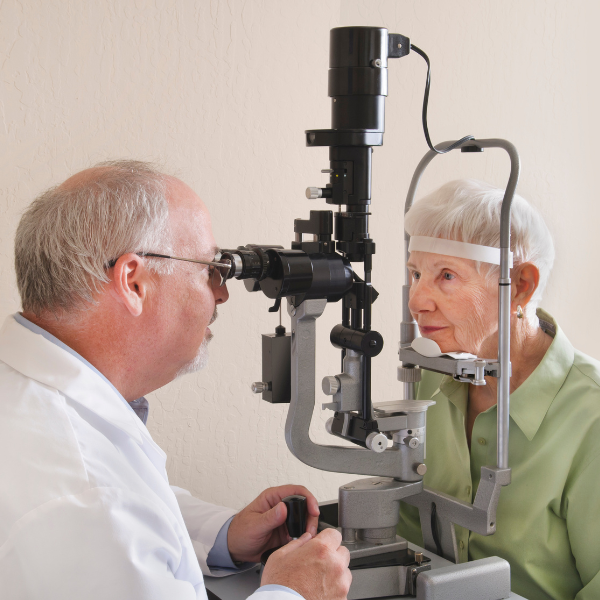By: Crystal Stanton, PracticeSuite
This guest post is contributed by PracticeSuite, which provides medical billing software, practice management features, and revenue cycle management services.
Preface: While this guest blog post from PracticeSuite is written with independent practices in mind, its core message is universal: patient experience matters—whether you’re operating a small clinic or a nationwide health system. For integrated organizations and large care delivery networks, many of these same principles apply—but often at a larger and more complex scale. At Podimetrics, we’re focused on helping the healthcare system improve outcomes and enhance patient satisfaction, particularly for those managing chronic conditions like diabetes. As you read through the strategies below, consider how they might be adapted and scaled within your own care environment.
Advancements in healthcare happen every day, from the newest data technology to evolving AI tools. While keeping up with industry developments is important, it’s equally, if not more, essential to ensure that you deliver a great experience to your patients.
For an industry as important as healthcare, trust is easy to erode and difficult to win back. Implementing patient-centric practices that keep health seekers happy is a cornerstone of building trust, allowing you to build strong, long-term relationships with your community.
Let’s explore four ways you can boost the patient experience at your medical practice.
Create a welcoming environment
When people think of hospitals or medical practices, they usually think of illnesses, harsh fluorescent lights, and the sharp scent of cleaning agents. You need to be aware of these common conceptions and work against them to create a better patient environment.
The first way you can do that is by focusing on your physical space. Here are a few elements you can improve:
- Seating: Provide seating arrangements in the waiting area so that patients aren’t uncomfortable or in pain while waiting for their appointments.
- Lighting: You don’t want your waiting room to be too dark, nor do you want the lights to be blinding. Strike an appropriate balance so visitors feel comfortable and don’t experience eye strain in your facilities.
- Decor: Add human, decorative touches to your spaces to make your facilities more welcoming. Plants and artwork are a great first step.
- Ambiance: To soothe any nerves and reduce stress, you can play calming music in your waiting room.
In addition to optimizing the physical space of your medical practice, train your staff members to be:
- Friendly
- Warm
- Professional
- Positive
- Empathetic
Many care seekers may be worried or feeling distressed about their health. Interacting with staff members who embody the qualities above will reassure them and provide them with the support they need during a potentially stressful period, resulting in a better experience at your medical practice.
Optimize scheduling processes
Scheduling often makes or breaks a patient’s decision to seek care at your medical practice. A survey in 2022 found that:
- 61% of respondents skipped medical appointments because scheduling an appointment was too much of a hassle.
- 70% of respondents tried to schedule a healthcare appointment online but were redirected to call a phone number to finish scheduling.
- Respondents reported spending an average of 28.8 minutes waiting before seeing a doctor, up from an average of 18.2 minutes in 2018.
To avoid creating obstacles for potential patients right out the gate, optimize patient scheduling by offering:
- Online booking: Allow patients to book their appointments online, either through your website or a dedicated patient portal. Patients should be able to see open timeslots for each provider so they can book their preferred physician at a convenient time.
- Same-day scheduling: Busy medical practices may have their schedules filled for the foreseeable future, making it difficult for community members to seek care with them. Instead of forcing patients to wait months for an appointment, offer a certain number of same-day appointments so patients can sign up to be seen as soon as possible.
- Waitlists: When patients make an appointment, either online or over the phone, give them the option to be placed on a waitlist or receive a callback if an earlier appointment opens up. If it does, you’ll contact them and ask if they want to move their appointment so they can be seen sooner.
- Reminders: Your community members are busy, so routine checkups, vaccinations, and other regular healthcare appointments may slip their minds. To ensure they keep their appointments, send out reminders for their upcoming appointments. You can also encourage them to complete any pre-appointment paperwork at that time to expedite their time in your waiting room.
Managing these new processes may feel overwhelming and add additional burden to your administrative staff. To combat that, you can purchase patient appointment scheduling software that offers these capabilities. The right solution will even automate patient reminders, ensuring patients arrive on time for their appointments.
Enhance patient care
Even with a great environment and streamlined scheduling, patients won’t revisit your practice if you can’t provide the care they need. Here are a few ways you can enhance patient care:
- Thorough medical records: A holistic view of a patient’s medical history enables you to provide personalized care that fits their needs. Keep thorough medical records on each patient, complete with their past medical history, medications, family history, immunization record, and more.
- Telehealth or telemedicine: At times, patients have illnesses or conditions they’d like to discuss but don’t necessarily need to see a provider in person. This is particularly prevalent for those with chronic conditions. In those cases, telehealth options allow them to see their provider conveniently without leaving home.
- Communicate clearly: The medical industry is filled with complicated jargon that your patients may not understand. Train providers and staff members to communicate clearly in layman’s terms to ensure your patients understand what’s going on with their health.
- Provide clear action or care steps: In addition to verbally letting patients know their next steps for improving their health, provide them with written or printed instructions. That way, they or their caretakers can refer to these instructions if they forget anything.
Additionally, you may use patient-generated health data (data created, captured, and recorded by patients between appointments) to improve patient health outcomes further. With a fuller view of your patients’ medical histories, you’ll be well-positioned to provide the care they need.
Purchase medical office software
If you’re committed to improving the patient experience at your medical practice, you may need to be prepared to make large-scale changes to your processes. These may result in higher administrative burdens or complicated workflows, which can be stressful for your staff members.
Instead of expecting medical staff to shoulder additional work, purchase medical office software that will streamline your new processes. According to PracticeSuite, here are a few types of medical office solutions that could be helpful:
- Medical practice management software
- Telehealth platforms
- EHR software
- Medical coding software
- Medical billing and claims software
- Patient communications software
- Physician credentialing software
- Medical marketing software
- Electronic faxing software
You may also benefit from using tools for specific specialties. For example, a clinic that treats individuals with diabetes might work with Podimetrics to empower patients to protect their mobility and stop foot complications. Podimetrics offers patient-friendly remote monitoring for people with diabetes, improving the patient experience at medical practices that use their tools.
To improve patient outcomes successfully, you must deliver a great experience that encourages them to prioritize their healthcare. Now and then, reevaluate your patient satisfaction rates and determine if you need to go back to the basics and focus on the patient experience. With the strategies outlined here, you’ll be well on your way to strengthening relationships with care seekers and providing the support they need for their health.
Improving the patient experience is a shared goal across healthcare, regardless of setting or scale. Whether through technology, communication, or care delivery, small shifts can make a big impact—especially when thoughtfully applied within larger systems.
We appreciate PracticeSuite for sharing their perspective. At Podimetrics, we’re proud to support efforts that meet patients where they are and empower care teams to deliver more connected, effective care.
To learn more about how Podimetrics helps those living with complex diabetes, visit our homepage to explore the Podimetrics SmartMat™ Program.





